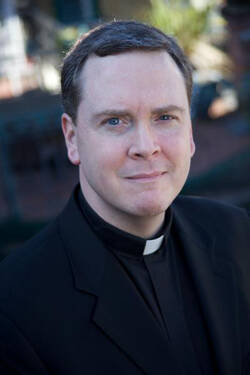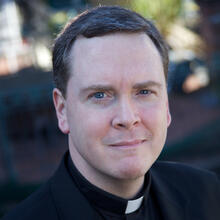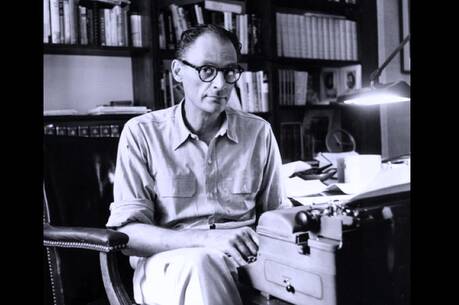The late Cardinal Avery Dulles, S.J., a frequent contributor to these pages, is remembered in more scholarly circles for his most famous work, Models of the Church, a postconciliar examination of the principal ways in which Catholics describe the essential identity of the church. The “models” are six different answers to the questions “what is the church and what is its primary purpose?” Cardinal Dulles acknowledged that his models were simplified descriptions and could not “do full justice to the complexities of individual positions.” Nevertheless, he thought his method was useful because it identified “the issues and choices to be made and the theoretical implications of pure positions.” Cardinal Dulles, then, was not so much holding up a mirror to the church as holding up a particular kind of mirror, one that distorts the subject and yet still reveals something meaningful, much like what happens when we stand in front a mirror in a fun house.
The book came along at just the right time. In the wake of the Second Vatican Council, people were asking big questions about the nature of the church. That makes sense; in Catholic theology, ecclesiology is destiny. What the church should do and how we should be in the world, in other words, will be guided in large part by who we understand ourselves to be as a church. Thus Cardinal Dulles also applied his models to an examination of five different ways of understanding the sacrament of holy orders.
The first model of holy orders, according to Cardinal Dulles, is the clerical model: “Ministry is performed by those who have authority to impose beliefs and give commands in the name of Christ.” In this model, ministry is primarily juridical in nature, especially at the episcopal level. The second model is that of pastor. The accent here is less on objective ex officio authority and more on the subjective charism of ecclesial leaders. The third model is the “mediatory” model: through the sacrament of ordination, a class of persons is “set apart for the sacred ministry” in order to mediate an experience of God, especially in the Mass. The fourth model is that of preacher, the one charged with proclaiming the “faith, repentance and reform” envisioned by the Gospel. The final model envisions the church as servant and the priest as an organizer who encourages “coalitions dedicated to the promotion of peace and justice.”
Cardinal Dulles’s framework provides a useful roadmap for this week’s cover story. “The fullness of the sacrament of Holy Orders,” said the fathers of the Second Vatican Council, “is conferred by episcopal consecration.” Our understanding of what a bishop is, in other words, depends in large measure on what we think a deacon or a priest is. But there is another reason why Cardinal Dulles’s methodology is useful. In the spirit of the classic “both/and” methodology of Catholic theology, one that resists false choices, a robust understanding of priesthood and episcopal service will most likely incorporate elements from each of the five models. It is equally true that an overemphasis on one particular model, to the exclusion of the others, will likely distort and impoverish our understanding of ministry.
This was Cardinal Dulles’s view, at any rate. His preferred symbol of priesthood was that of the Good Shepherd, the one who governs but also serves his flock. Most important, however, the Good Shepherd loves his flock and must be ready to give his life in deeds as well as words: “The shepherd, as the Gospels tell us,” Cardinal Dulles wrote, “must have a deep love for the sheep, know them intimately, lead them toward good pastures, defend them, and go out in search of those who stray from the fold.” I suspect that Pope Francis would completely agree.








